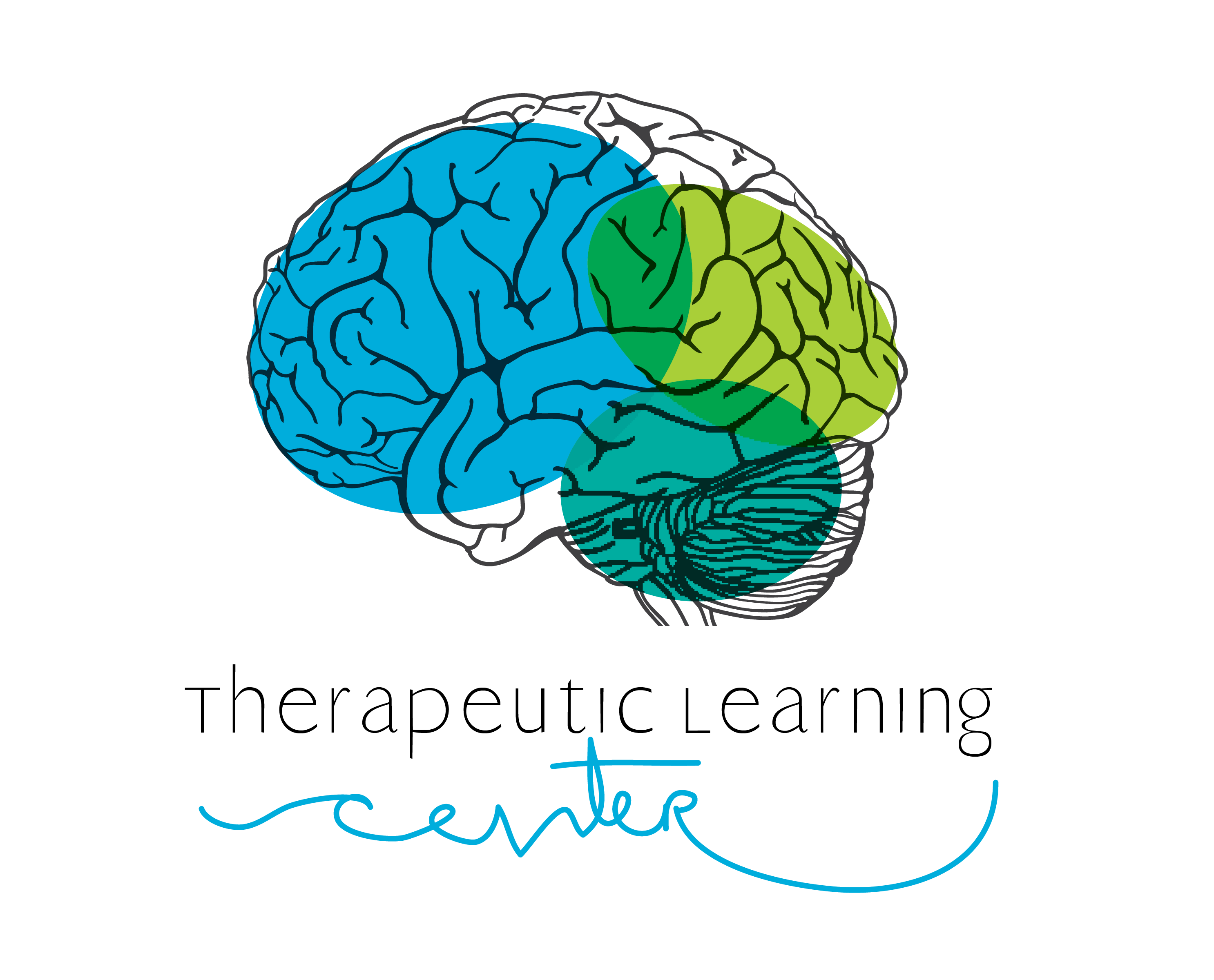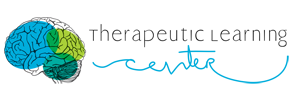So What Is Dyslexia Anyway? – Two “Classic” Symptoms Explored We often wonder: Is my child dyslexic? or, Am I? and, What is Dyslexia exactly? However, in our experience, and in that of most people working in the field, not everyone who has difficulty with language or reading has “dyslexia.” When you hear the wordRead more



